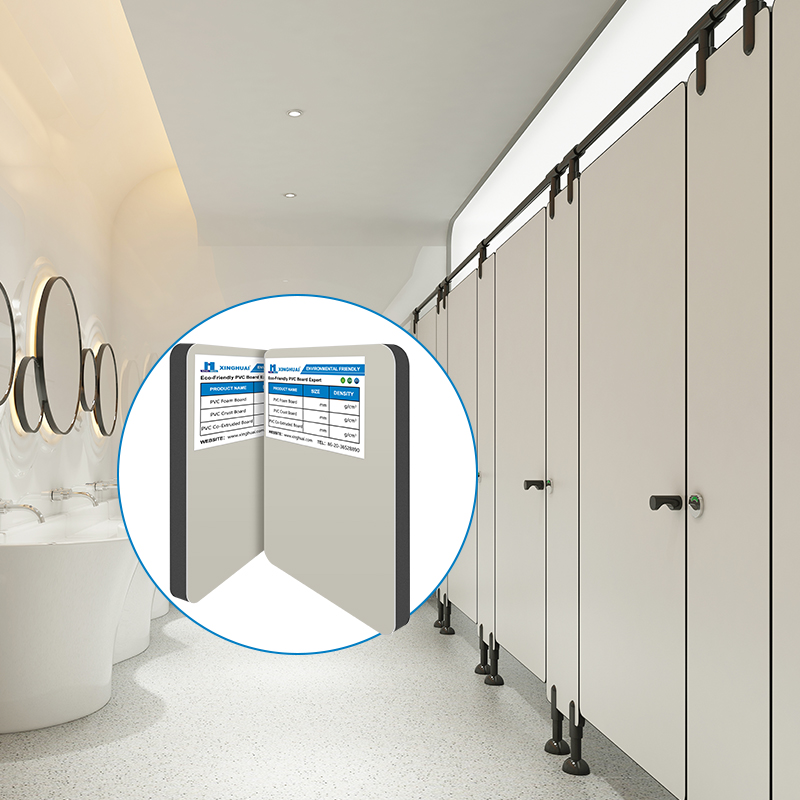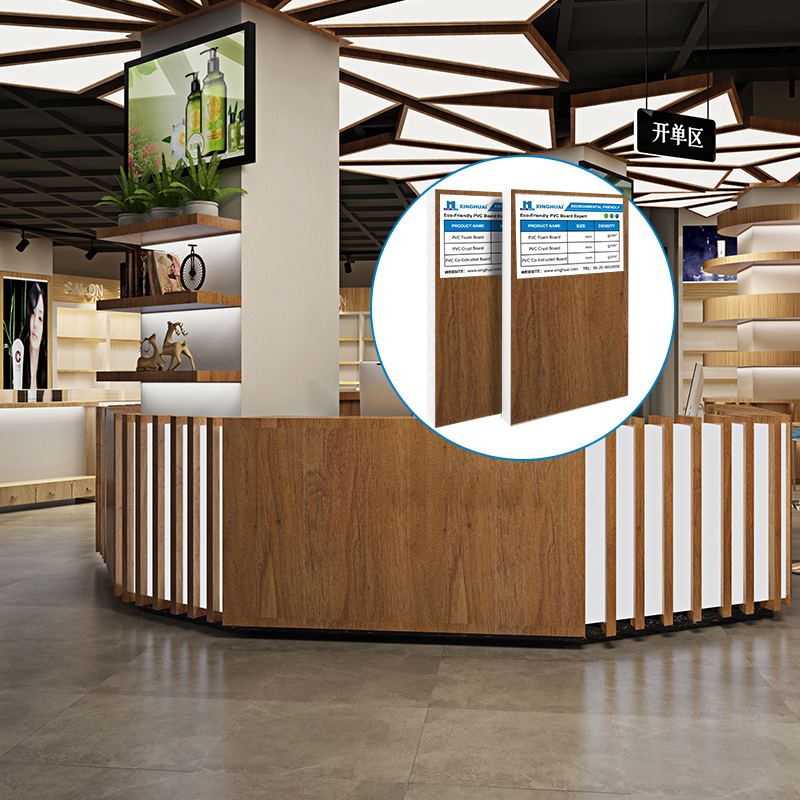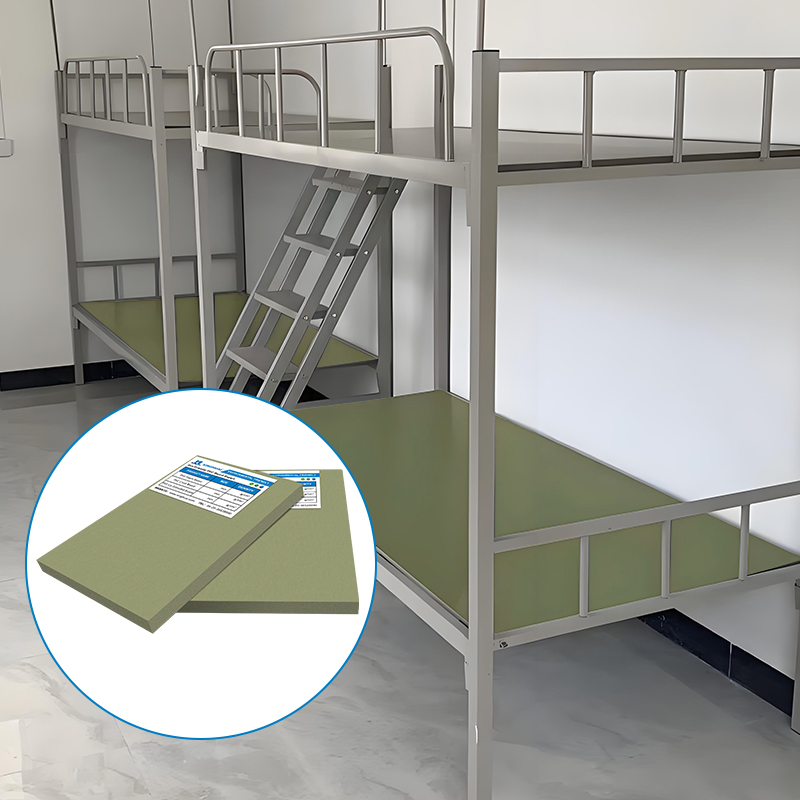Can PVC Board Be Recycled into New Materials?
PVC boards, including PVC WPC foam boards, expanded PVC foam, and 4 x 8 foam core boards, are widely used in construction, cabinetry, and partitions due to their durability and versatility. A key concern, however, is their recyclability and environmental impact.
Recyclability of PVC Boards
PVC boards can indeed be recycled into new materials, but the process is more complex than for other plastics. PVC recycling involves separating the material from contaminants, breaking it down into granules or pellets, and repurposing it into new products. For example, old PVC partition boards and bathroom cabinet panels can be transformed into pipes, flooring, or even new boards.
Challenges in Recycling
While technically recyclable, expanded PVC foam and similar products often face challenges:
Mixed Materials: Many PVC boards, such as PVC WPC foam boards, contain fillers or reinforcements, complicating the recycling process.
Collection and Sorting: Proper collection and sorting infrastructure is essential but not always widely available.
Additives: Stabilizers and pigments used in PVC can affect the quality of the recycled material.
Sustainability Benefits
Recycling PVC helps reduce waste and the demand for virgin PVC production, which is resource-intensive and emits harmful chemicals. Using recycled PVC for applications like 4 x 8 foam core boards or partition boards contributes to a circular economy.
Conclusion
PVC boards can be recycled into new materials, but the process requires specialized facilities and careful handling. Promoting recycling initiatives and choosing recyclable PVC products are vital steps toward a more sustainable future.




